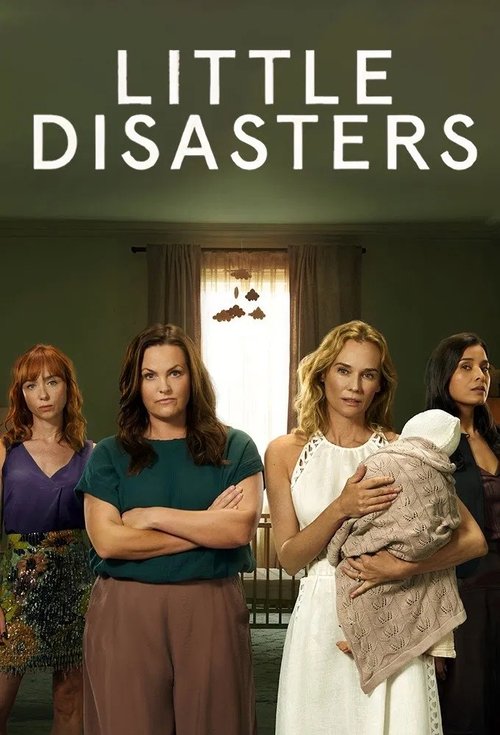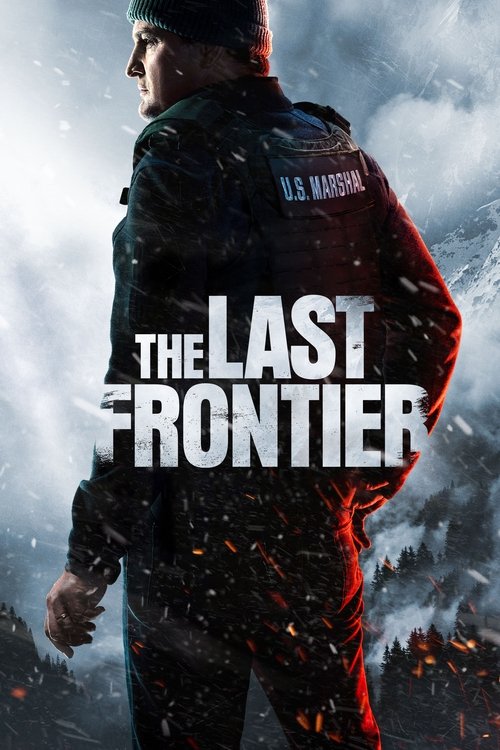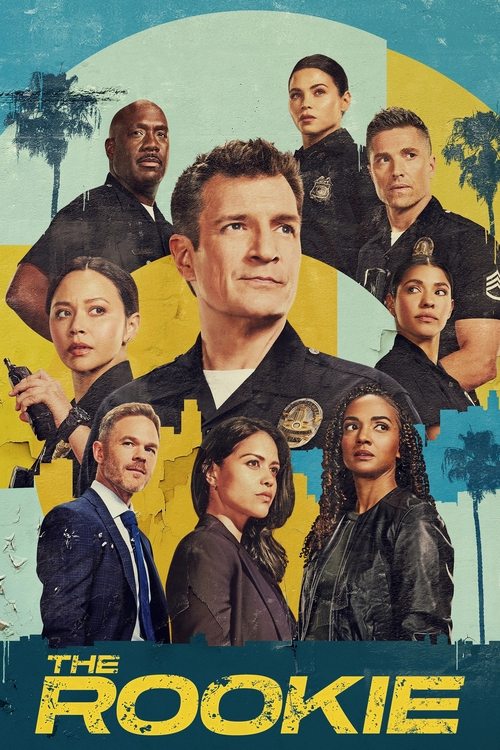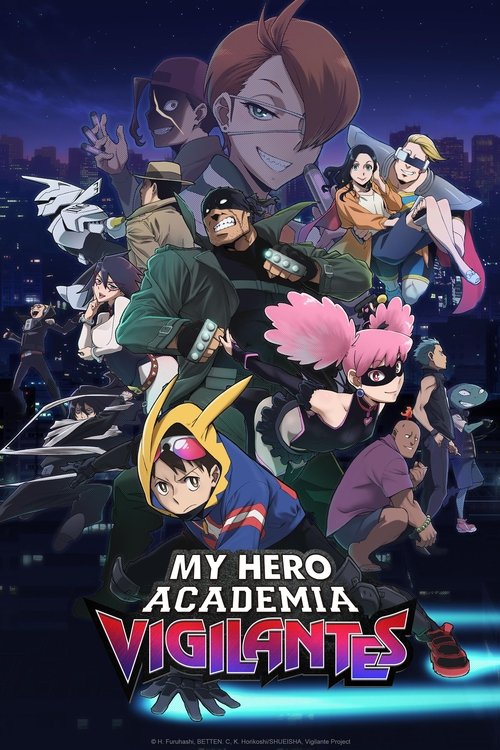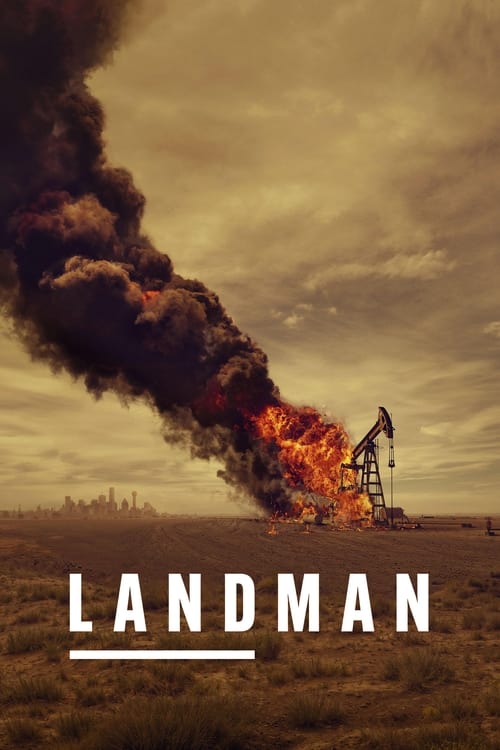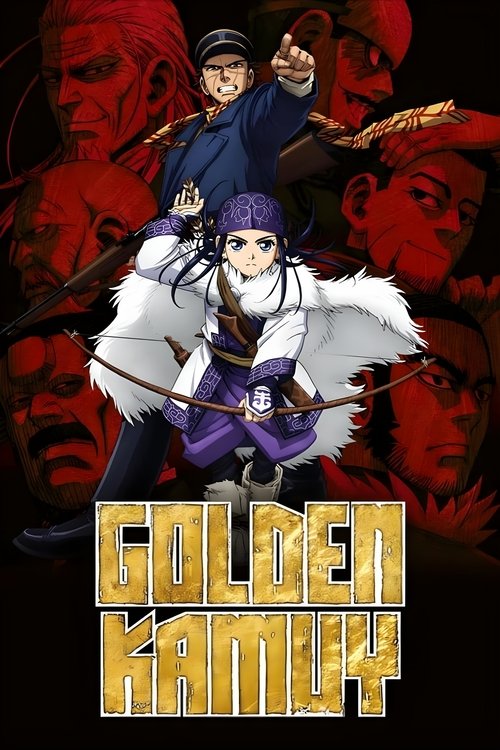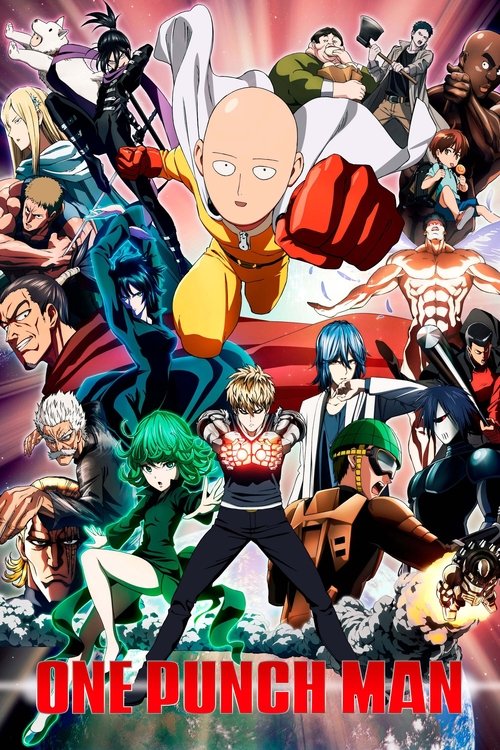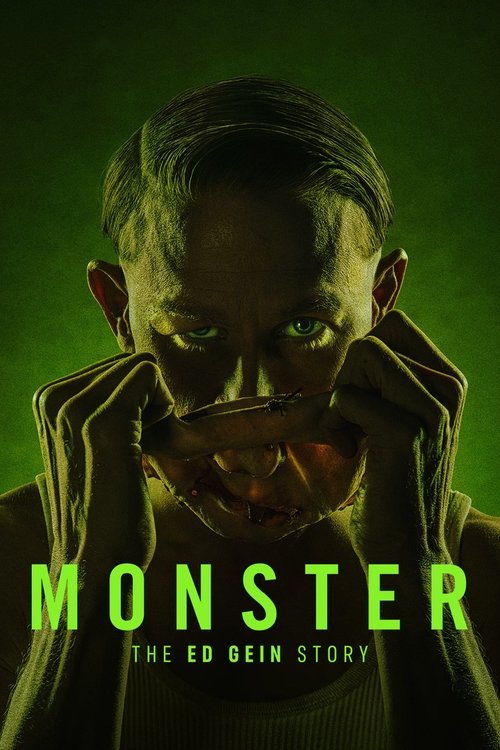
Ask Your Own Question
What is the plot?
The story begins with Jess, a mother of three, being woken up by her husband Ed, who tells her that their 10-month-old daughter Betsy is unwell. Ed admits he is too drunk to drive Jess and Betsy to the hospital, so Jess takes Betsy herself in a panic, initially suspecting a viral infection. At the hospital, Jess meets her old friend Liz, a pediatrician on duty, who reluctantly agrees to examine Betsy despite the conflict of interest. Liz grows suspicious as Jess cannot explain how Betsy got hurt and seems evasive. Medical scans reveal that Betsy has a skull fracture, raising concerns about possible abuse.
Liz, troubled by the injury and Jess's unclear story, calls social services, setting off a chain of events that deeply affects their friendship group and families. The women in their circle begin to confront long-held judgments and insecurities as the mystery of Betsy's injury unfolds. Meanwhile, Jess struggles with her mental health, showing signs of maternal obsessive-compulsive disorder (OCD) and self-doubt about her capabilities as a mother.
Tensions escalate when the children of the group go missing during a holiday, causing panic and fear. Jess frantically searches for her children, shouting to Liz that "They're not going to be fine!" The children are eventually found safe, but the incident intensifies the strain between Jess and Liz, with Jess glaring at Liz in anger and distrust.
As the story progresses, it is revealed that the true cause of Betsy's injury was an accident involving Frankie, another child in the group. Frankie confesses to Liz that he was responsible for the accident after Jess had left the children alone. Charlotte, another adult present, had told Frankie to lie about what happened, which initially obscured the truth and led to Jess being suspected of harming Betsy intentionally.
The revelation shifts the narrative from suspicion and blame to healing and recovery. Jess begins therapy for her maternal OCD, and the families deal with the emotional fallout, including Frankie's trauma and the fractured relationships among the adults. The story highlights how a series of small failures--Jess's initial lie, Charlotte's manipulation, Ed's emotional distance, and Liz's misjudgment--compounded into a major crisis.
In a later sequence, during a gathering with friends and family, Mel and her husband Rob arrive unexpectedly. Frankie becomes visibly scared and hides, later telling his parents that Rob had hurt Betsy. It is revealed that Rob had come to ask Ed for an investment in his failing music business, which Ed refuses. Rob's financial troubles and desperation add another layer of tension to the group's dynamics.
The series ends with the truth about Betsy's injury fully uncovered, Jess's mental health issues acknowledged, and the characters beginning the difficult process of forgiveness and rebuilding trust. The title "Little Disasters" reflects how small mistakes and secrets can escalate into significant crises but also suggests that recovery and moving forward are possible.
What is the ending?
The ending of Little Disasters Season 1 reveals that Jess did not hurt her daughter Betsy. Instead, it is uncovered that Rob, a man connected to the family, was responsible for Betsy's injury. The season closes with the family confronting this truth, and Jess continuing to cope with her mental health struggles while trying to protect her children.
In a detailed narrative of the ending:
The final scenes open with Jess and her family spending a rare, peaceful day with friends Charlotte, Liz, Andrew, and others. The atmosphere is light, and the children are playing together. Suddenly, Mel and her husband Rob arrive unexpectedly. Frankie, Jess's son, immediately reacts with fear upon seeing Rob and runs away, hiding in the bushes. Jess and Ed are puzzled by Frankie's behavior.
Jess finds Frankie shivering and scared. As she comforts him, Rob picks up baby Betsy. At this moment, Frankie shouts at Rob to leave Betsy alone, revealing his fear and suspicion. Frankie then confesses that Rob was the one who hurt Betsy. He explains that when Jess had gone out to buy medicine, Rob came to their home unannounced. Rob had been trying to get Ed to invest in his failing music business, but Ed refused. Rob's business was on the brink of bankruptcy, forcing him to sell his house and plan to leave London.
This revelation clarifies that Jess was not responsible for Betsy's skull fracture, a fact that had been doubted throughout the season due to Jess's mental health struggles and the suspicious circumstances. Jess's friend Liz, a pediatrician, had reported the injury to social services, feeling betrayed by Jess's evasiveness, but the truth exonerates Jess.
The season ends with Jess still grappling with her mental health but relieved that her children are safe from harm by her. The family begins to face the aftermath of the truth about Rob, with Jess and Ed united in protecting their children and moving forward.
Key character fates at the end:
- Jess: Not guilty of harming Betsy; continues to manage her mental health challenges.
- Betsy: Safe and recovering from her injury.
- Frankie: Revealed as a key witness to the truth; his fear of Rob is validated.
- Ed: Supportive husband, now aware of Rob's role in the injury.
- Rob: Exposed as the person who hurt Betsy; his financial and personal downfall is evident.
This ending scene-by-scene recounting highlights the resolution of the central mystery and the emotional dynamics among the characters without interpretation or analysis beyond the factual events depicted.
Is there a post-credit scene?
The TV show Little Disasters Season 1 (2025) does not have any information available about a post-credit scene. The detailed recaps and ending explanations focus on the main plot resolution, particularly the revelation about who hurt the baby Betsy and the mental health struggles of Jess, but none mention a post-credit scene or extra footage after the finale episode.
What are the main character dynamics and relationships in Little Disasters Season 1?
The series centers on a group of women, including Jess, Liz, Mel, and Charlotte, whose relationships are complex and marked by deep-seated rivalries, silent scorekeeping, and unspoken tensions. Jess is portrayed as a seemingly perfect mother with hidden secrets, Liz is a stressed hospital nurse and friend to Jess, Mel and Charlotte add further layers to the interpersonal dynamics, with Charlotte being a high-achieving lawyer dissatisfied with her life. These tangled relationships drive much of the drama and suspense in the story.
How is motherhood portrayed in the story of Little Disasters Season 1?
Motherhood is depicted as a shifting and sometimes stressful dynamic, with each new child bringing new challenges. Jess's character embodies the fragile illusion of perfection in motherhood, which begins to crumble after a small mishap with her baby. Diane Kruger's portrayal highlights the haunting aspects of motherhood, showing how quickly life can change and how judgment can fall on new mothers. The series explores the emotional and psychological complexities of being a mother, including feelings of disconnection and vulnerability.
What role does the mystery element play in the storyline of Little Disasters Season 1?
The mystery is central to the plot, revolving around an incident where Jess's baby is found with a bump on the head, and the circumstances are unclear. This event triggers suspicion and doubt, especially from Liz, who struggles with her feelings about Jess and the situation. The story slowly unravels secrets and hidden truths among the characters, maintaining intrigue and suspense throughout the series. The mystery drives the narrative forward, with buried secrets and the characters' reactions to them being key elements.
How are the characters’ perspectives and inner thoughts presented in the series?
The series uses faux-interview segments where the women speak directly to the camera, offering additional perspectives on their experiences and feelings. However, these segments have been noted to somewhat weaken the suspense by steering the show toward a confessional drama style rather than a pure psychological thriller. Despite this, the performances bring truthfulness and grit to the characters, helping to convey their inner struggles and emotional states.
What are some key themes explored in Little Disasters Season 1?
Key themes include the fragility of perceived perfection, especially in motherhood; the complexity of female friendships and rivalries; the impact of secrets and lies on relationships; and the psychological toll of stress and judgment. The series also touches on societal expectations of mothers and the challenges of balancing personal identity with parental roles. These themes are woven through the characters' interactions and the unfolding mystery, creating a layered and absorbing drama.
Is this family friendly?
The TV show Little Disasters (Season 1, 2025) is a drama centered on a group of new mother friends whose relationships are torn apart when one is accused of injuring her baby. It deals with intense and emotionally challenging themes such as child injury, social services involvement, police investigations, and the strain on friendships and families.
Regarding family-friendliness, Little Disasters is not fully family-friendly or suitable for young children due to its serious and potentially upsetting content. The show includes:
- Scenes involving a baby with an unexplained head injury and hospital visits.
- The involvement of social services and police, which creates tension and emotional distress among characters.
- Themes of suspicion, judgment, and fractured friendships among mothers, which may be emotionally heavy or upsetting for sensitive viewers.
- The portrayal of the fragility of motherhood and the societal pressures on mothers, which can be intense and dramatic.
There is no indication of explicit violence or graphic content, but the emotional intensity and subject matter related to child injury and family conflict could be distressing for children or sensitive individuals.
In summary, Little Disasters is best suited for mature audiences, particularly adults, and may not be appropriate for children or those sensitive to themes of child injury, family breakdown, and social judgment.

